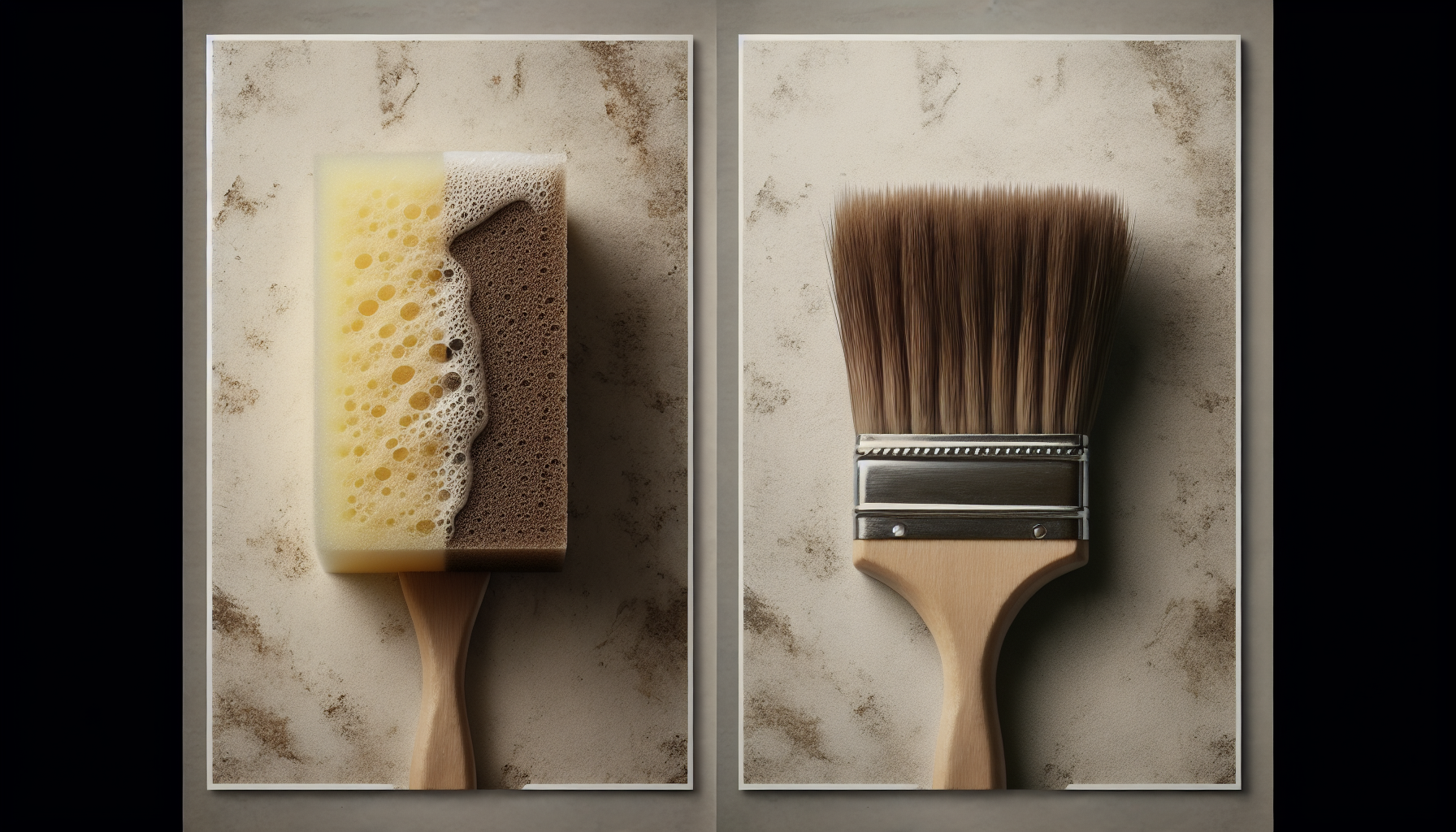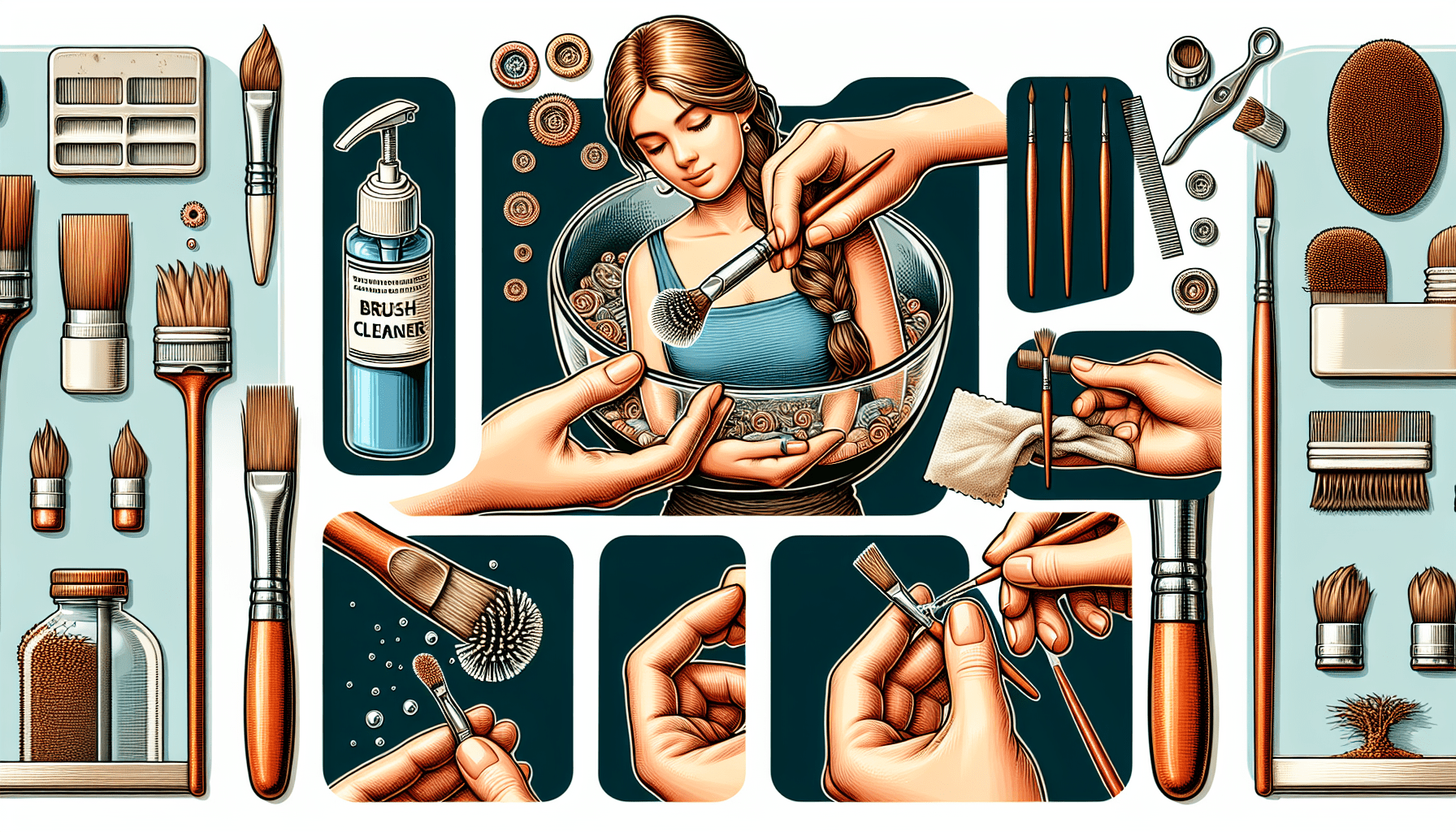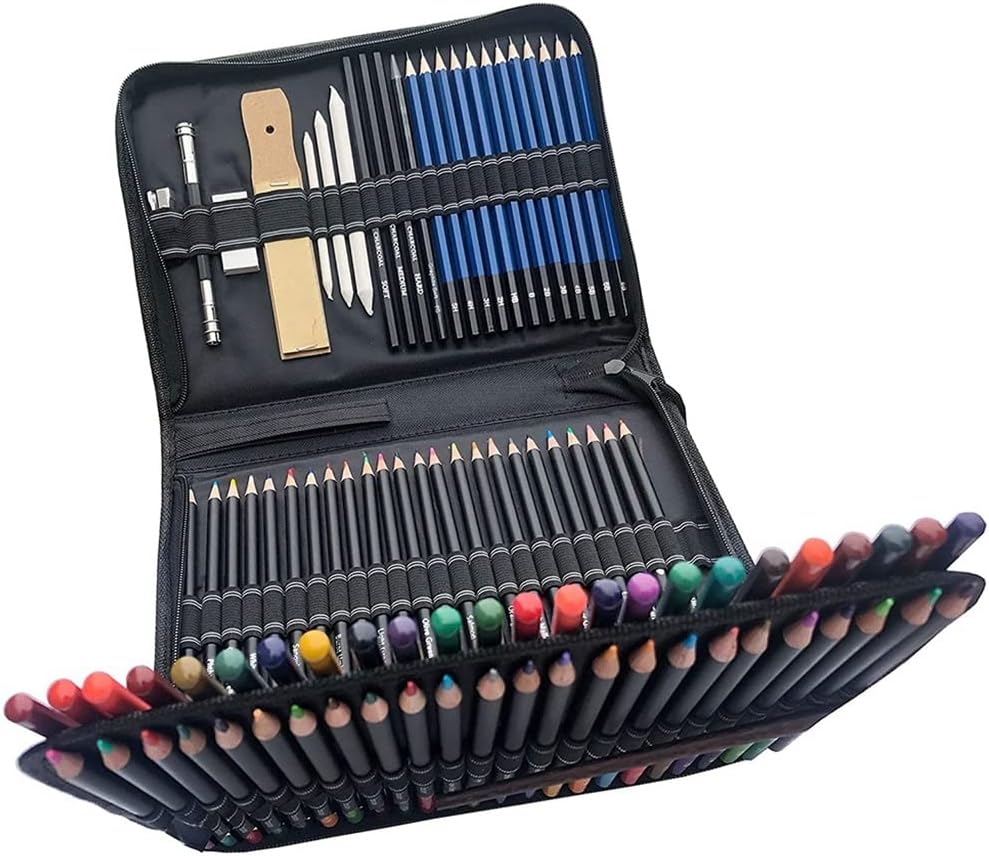Have you ever found yourself standing in the paint aisle, grappling with the decision between foam brushes and bristle brushes, unsure of which to choose for your project? Whether you’re undertaking a small home makeover, engaging in artistic painting, or carrying out a large-scale renovation, the tools you choose can significantly impact the outcome of your work. Understanding the strengths, weaknesses, and ideal use cases for both foam and bristle brushes will empower you to make informed decisions tailored to your specific needs.
Understanding Foam Brushes
Before we delve into whether a foam brush is suitable for your project, it’s crucial to understand what a foam brush is and what it brings to your work. Foam brushes are painting tools made from polyurethane foam and typically attached to a wooden or plastic handle. These brushes come in a variety of sizes and are often favored for their low cost and disposable nature.
Composition and Design of Foam Brushes
Foam brushes are designed with simplicity in mind. The foam head acts as a sponge, absorbing paint and releasing it onto a surface as you apply pressure. Unlike natural or synthetic bristle brushes, foam brushes have no individual bristles, resulting in a smooth, streak-free finish if used correctly. The design of a foam brush often includes a beveled edge, which is ideal for creating sharp lines or working on corners.
Primary Uses and Benefits of Foam Brushes
Foam brushes have several primary applications that highlight their unique advantages:
- Smooth Finish: Because foam brushes lack bristles, they do not leave brush strokes. This makes them an excellent choice for varnishing or staining wood, where a smooth finish is desired.
- Cost Effectiveness: Being relatively inexpensive, foam brushes are ideal for projects where brushes might need to be discarded after use. This is particularly useful when working with substances like glue or varnish, which can be difficult to clean from bristles.
- Lightweight and Easy to Use: Their simplicity makes them easy to handle, even for amateur painters, and reduces hand fatigue during prolonged use.
Limitations of Foam Brushes
Despite their benefits, foam brushes also have their drawbacks:
- Absorption Issues: Foam brushes can absorb too much paint if not used carefully, leading to splattering or uneven application if excess paint is not removed before use.
- Durability Concerns: Foam can degrade with repeated use, meaning these brushes are best suited for single-use applications or very small jobs.
- Not Ideal for Thick Paints: When working with heavier or thicker paints, foam brushes often struggle to provide even coverage because they can become saturated and flattened under the weight.
Exploring Bristle Brushes
In contrast to foam brushes, bristle brushes offer a more traditional approach to painting that has been refined over centuries. Bristle brushes consist of bristles made from natural, synthetic, or a blend of materials, affixed to a handle in various shapes and sizes.
The Anatomy of Bristle Brushes
Understanding the anatomy of a bristle brush helps in appreciating its versatility:
- Bristle Variety: Bristles may be natural (like hog or camel hair) or synthetic (often nylon or polyester), with each type offering different textures and absorption properties.
- Handle and Ferrule: The handles are typically made of wood or plastic and are attached to the ferrule, a metal piece that secures the bristles. The shape of the handle and the flexibility of the bristles can vary significantly depending on the brush’s intended use.
Advantages of Using Bristle Brushes
Bristle brushes boast a range of advantages that make them invaluable for specific projects:
- Versatility: Bristle brushes are versatile and can be used with virtually all types of paints and finishes, including oil-based and latex paints.
- Control and Precision: The presence of individual bristles allows for greater control over paint distribution, making them suitable for detailed painting or cutting edges.
- Durability: High-quality bristle brushes can last for many applications if properly maintained and cleaned, offering long-term value.
Potential Disadvantages of Bristle Brushes
Despite their many advantages, bristle brushes do have some limitations:
- Possible Streaking: If not applied with proper technique, bristle brushes can leave visible brush strokes, which may be undesirable for certain finishes.
- Cleaning Maintenance: Unlike foam brushes, bristle brushes require thorough cleaning after each use to maintain their effectiveness, which can be time-consuming.
- Higher Cost: Quality bristle brushes are generally more expensive upfront compared to foam brushes, but the investment often pays off in terms of longevity.
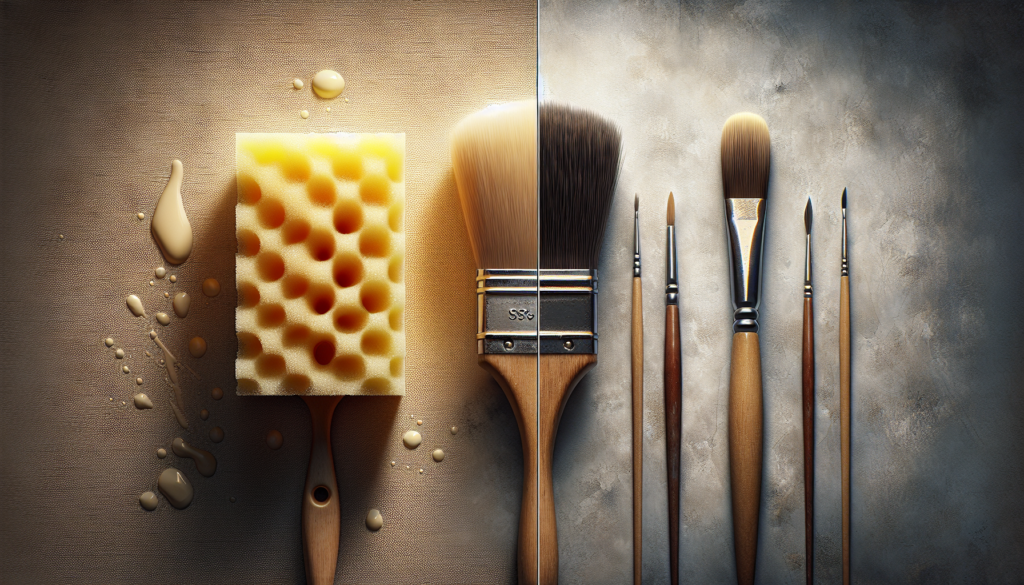
Comparing Foam Brushes and Bristle Brushes
At this point, you’re likely considering the key differences between foam and bristle brushes and how these characteristics impact your specific needs. Here’s a comparison to help clarify these distinctions:
| Feature | Foam Brushes | Bristle Brushes |
|---|---|---|
| Finish | Smooth, streak-free | Can leave brush strokes |
| Cost | Inexpensive | Often more costly, especially for quality |
| Versatility | Limited to certain paints/finishes | Broadly versatile |
| Durability | Short lifespan, typically single-use | Long-lasting with proper care |
| Paint Loading | High absorption, risk of splatter | Good control but can overload |
| Precision | Good for edges/not detailed work | Excellent for detail and control |
| Maintenance | Minimal, often disposable | Requires cleaning and maintenance |
When to Use Foam Brushes
Considering the characteristics of foam brushes, they are most beneficial for certain types of projects and situations:
- Projects Requiring a Smooth Finish: When working with wood stains, varnishes, or glazes, where a smooth, even surface is crucial, foam brushes excel.
- Disposable Needs: For messy, quick-fix situations where cleaning isn’t feasible or the brush will be ruined, foam brushes save time and effort.
- Simple Applications: For simple, one-time projects, touch-ups, or those that involve applying substances like glue or resin, foam brushes are ideal.
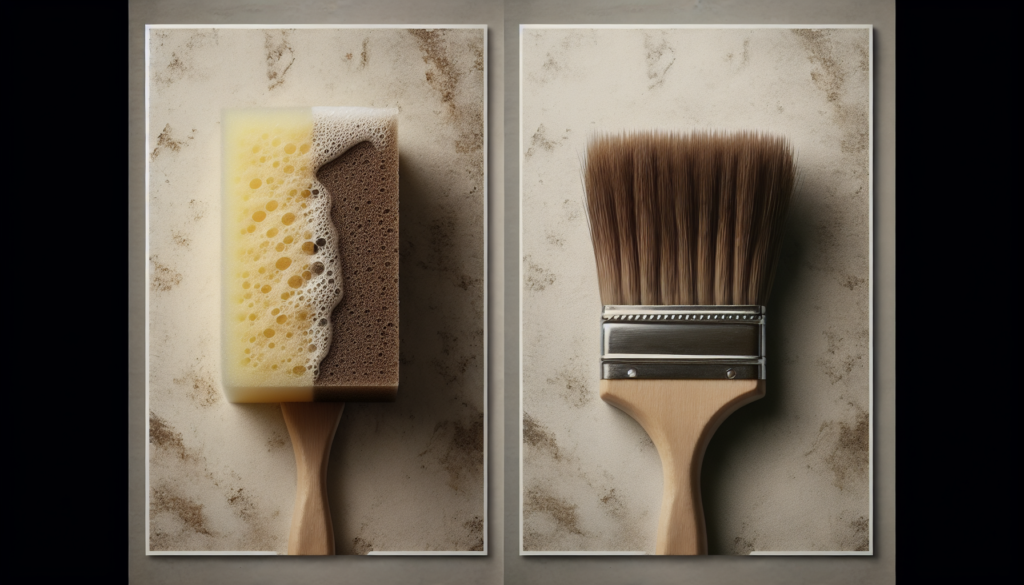
When to Use Bristle Brushes
On the other hand, bristle brushes are more suited for detailed, varied, and quality-focused tasks:
- Detailed Work: For any project involving intricate detailing, cutting in edges, or working with different textures, bristle brushes provide the necessary control.
- Long-term Investment: When you need a durable tool that will serve you over numerous projects, investing in a quality bristle brush can be more cost-effective in the long run.
- Different Paints and Materials: If your work involves different kinds of paints and mediums, from watercolors to heavy oils, the adaptability of bristle brushes is unmatched.
Making Your Decision
To decide between foam and bristle brushes, think about your specific requirements, the nature of your project, and your budget. If you are undertaking a simple job that prioritizes smoothness or involves disposable materials, foam brushes can be the best option. However, for bigger projects, intricate work, or various paint mediums, bristle brushes are likely the superior choice.
Factors to Consider
- Project Scale: Consider whether your project is one-off or part of a long-term endeavor.
- Materials Used: Certain materials and finishes will better suit either foam or bristle brushes.
- Desired Finish: Determine whether a streak-free finish or detailed precision is more critical.
- Budget: Factor in the initial cost versus long-term use and maintenance requirements.
Maintenance and Care Tips
For those times when you opt for bristle brushes, here are some tips to ensure they last:
- Cleaning: Immediately after use, clean with the appropriate solvent (water for water-based paints, mineral spirits for oils).
- Storage: Store brushes flat or hanging with the bristles straight to preserve the shape.
- Conditioning: Occasionally conditioning natural bristles with oil will keep them flexible and less prone to breakage.
Conclusion
Ultimately, whether you choose foam brushes or bristle brushes depends on the specific needs of your project. Carefully weigh the benefits and drawbacks of each type, considering factors like the type of paint, the level of detail required, and your willingness to maintain your tools. By understanding the advantages and limitations of each brush type, you can better align your choices with your project’s demands, achieving the desired results effectively and efficiently.
With this knowledge, you’ll be able to tackle your next painting project with confidence, selecting the right tool to bring your vision to life with ease and precision.
